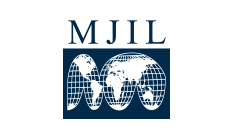Abstract
Food insecurity is a global issue. Large parts of the global population are unable to feed themselves adequately with hundreds of millions of people suffering from hunger and malnutrition. This problem is recognized widely by governments, industry and civil society and is usually understood using one of three approaches or frames: a basic production problem solved by technology and increased industrialization of agricultural, and an economic problem solved by economic growth and a commercial problem resolved by expanding markets. Much of the discussion and policy advice is based on the premise that hunger is primarily a wealth issue and, that as wealthy countries do not have hunger, the solution is economic development. Using Erving Goffman’s theory of framing, we argue that these frames are inadequate as evidenced by the failure to solve this very basic, but complex problem in both poor and wealthy countries on the one hand nor explain the success of some developing countries on the other. After analyzing the three frames and their limitations, we propose a rights-based frame and explain how rights are an important part of solving the complex problem of hunger. We examine how rights-based approaches have worked by creating three categories based on the status of food rights within the respective constitutional frameworks of those jurisdictions. In each of the three categories, we examine specific jurisdictional frameworks, evidence of performance and evaluate their success. Based on that review, analysis and evaluation, we identify the legal elements of an effective right to food.
Recommended Citation
Benedict Sheehy & Ying Chen,
Let Them Eat Rights: Re-Framing the Food Insecurity Problem Using a Rights-Based Approach,
43
Mich. J. Int'l L.
631
(2022).
Available at:
https://repository.law.umich.edu/mjil/vol43/iss3/5


